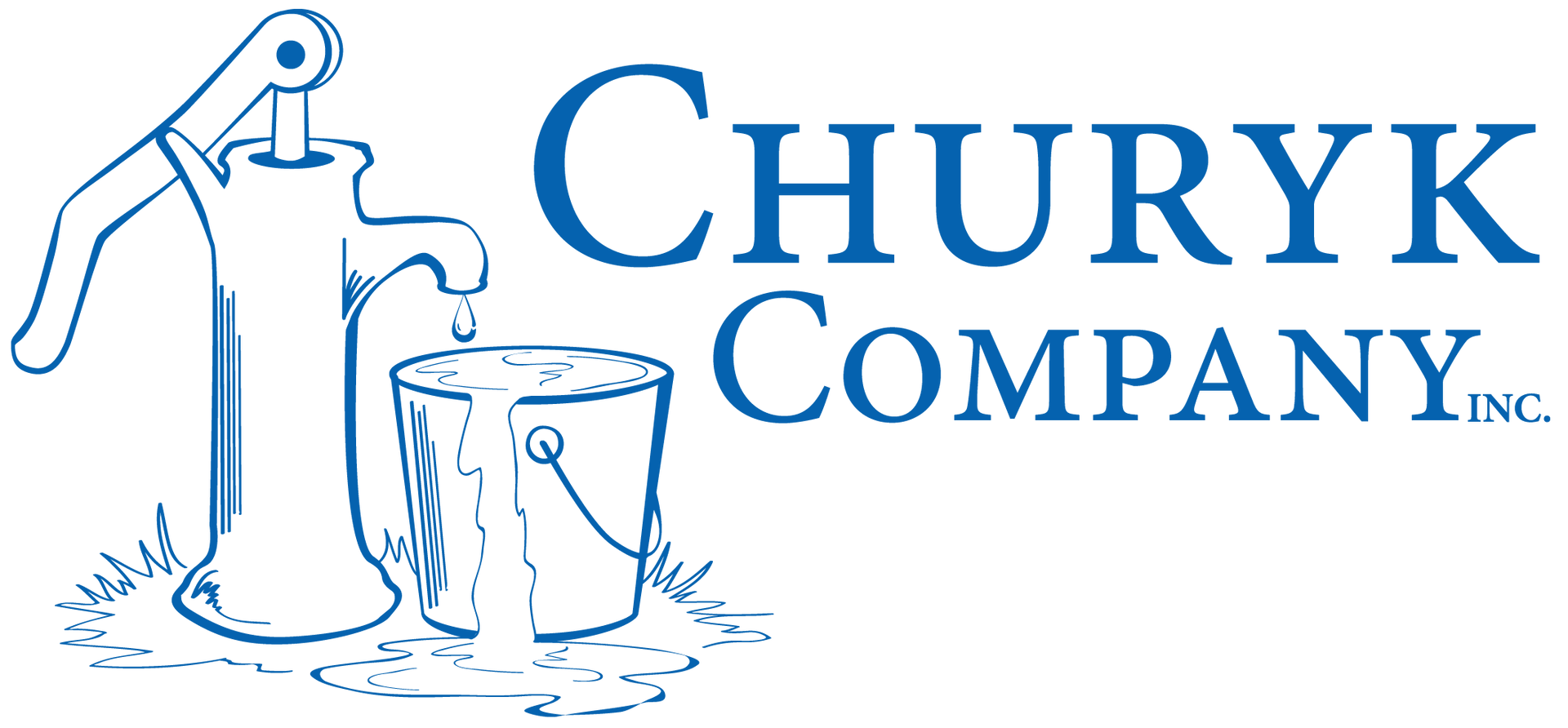When people think about water quality concerns, they often picture hard water stains, iron buildup, or bacteria. But there’s another issue that’s far less obvious—and potentially much more serious: radon in well water. Radon is an invisible, odorless, and tasteless gas that can make its way into private wells, putting homeowners at risk without any clear warning signs. Because it can’t be detected without testing, radon is one of the most overlooked water contaminants, yet it poses significant health risks if left untreated.
For households that rely on private wells, the presence of radon in water can be especially concerning. As the gas escapes into the air during everyday activities like showering, doing dishes, or doing laundry, it can contribute to indoor air pollution and long-term health risks. Understanding what radon is, how it enters your well water, and why it matters is the first step toward protecting your home and family.
What is Radon and How Does it Get Into Well Water?
Radon is a naturally occurring radioactive gas created when uranium in rocks and soil breaks down over time. It moves through the ground and can seep into groundwater, which means it may be present in private wells that draw directly from underground aquifers. Unlike surface water systems that are exposed to the air, groundwater can trap radon until it reaches your faucet.
Because radon is colorless, odorless, and tasteless, you won’t notice it in your drinking water. The problem becomes more serious when that water is used in the home. Everyday activities like showering, running the dishwasher, or even doing laundry can release radon gas into the air you breathe. While radon in drinking water does pose a risk if consumed, the greater concern is its ability to add to indoor air radon levels, which can accumulate inside and threaten your family’s health over time.
The Dangers of Radon in Well Water
Radon is a serious health concern because it can enter your body in more than one way. Even though the gas is invisible and has no smell or taste, its effects can build up over time. Here’s what homeowners should know about the risks:
- Inhalation Exposure: The greatest danger occurs when radon escapes from water into indoor air during activities like showering, cooking, or laundry. Breathing in radon gas increases the risk of lung cancer.
- Drinking Water Risks: While less significant than inhalation, consuming radon through drinking water still carries health risks, potentially exposing internal organs to radiation over time.
- Cumulative Effect: Long-term exposure to radon, even at moderate levels, increases health risks since the gas continuously enters your body.
- EPA Guidance: According to the U.S. Environmental Protection Agency (EPA), radon is the second leading cause of lung cancer in the United States, right behind smoking.
Radon may be impossible to detect without testing, but the dangers are well-documented and preventable when the right systems are in place.
Good News — You Can Protect Your Home
Fortunately, radon in well water isn’t a hopeless situation. There are proven, effective systems that can dramatically reduce or almost completely remove this risk. Churyk Company offers two primary solutions tailored to different levels of radon and different household needs, so you can choose what matches your water source, budget, and usage.
AIRaider 433 Aeration System
One of Churyk’s top tools against radon is the
AIRaider 433. This multi-stage aeration setup has been refined over nearly two decades. It uses a process that bubbles air through your water to release radon gas, which is then vented away before the water ever reaches your tap. The system is designed to remove over
99% of radon under many conditions. Key advantages include built-in features like a pump, diffused bubble aeration (for more efficient gas removal), and quieter, compact design. It also includes fail-safe float switches, insulated tanks to avoid condensation (“sweating”), and easy access for upkeep.
Granular Activated Carbon (GAC) Filters
If your radon levels are moderate or you prefer a filtration-based solution, Churyk offers
carbon filter installations using granular activated carbon (GAC). These filters trap radon as water passes through the carbon bed. Besides removing radon, they can also improve taste, odor, and reduce other organic contaminants (depending on the specific media and setup). It’s important to pick the right size system and maintain it properly — carbon eventually saturates and must be replaced.
Peace of Mind With Professional Radon Solutions
The good news is that radon in well water can be managed effectively, giving you and your family peace of mind. With the right system in place—whether it’s an advanced aeration unit or a carbon filter—you can trust that your home’s water is safe to drink, cook with, and bathe in. Beyond improving water quality, addressing radon also helps protect the air you breathe, creating a healthier living environment overall.
Contact The Experts
Radon in water may be invisible, but it doesn’t have to remain a hidden threat. By testing your well and installing the right treatment system, you can safeguard your health and ensure a steady supply of clean water for years to come.
At Churyk Company, Inc., we’ve been helping homeowners with reliable well water solutions since 1947. We proudly serve Putnam, Westchester, and Fairfield Counties, offering expert radon testing, water treatment, pump replacement, and complete well services. Don’t wait until water problems affect your family’s health—contact us today to schedule a consultation and take the first step toward safer water.
Need Help? Get in Touch
Have questions or need to schedule service? Get in touch with us today!
(917) 764-4600 or (203) 322-6300
- or -
Search Our Services

